I'm using holoviews with bokeh backend for interactive visualizations. I have a histogram with edges and frequency data. What is an elegant way of overlaying my histogram with the cumulative distribution (cdf) curve?
I tried using the cumsum option in hv.dim but don't think i'm doing it right. The help simply says,
Help on function cumsum in module holoviews.util.transform:
cumsum(self, **kwargs)
My code looks something like,
df_hist = pd.DataFrame(columns=['edges', 'freq'])
df_hist['edges'] = [-2, -1, 0, 1, 2]
df_hist['freq'] = [1, 3, 5, 3, 1]
hv.Histogram((df_hist.edges, df_hist.freq))
The result is a histogram plot.
Is there something like a...
hv.Histogram((df_hist.edges, df_hist.freq), type='cdf')
... to show the cumulative distribution?
